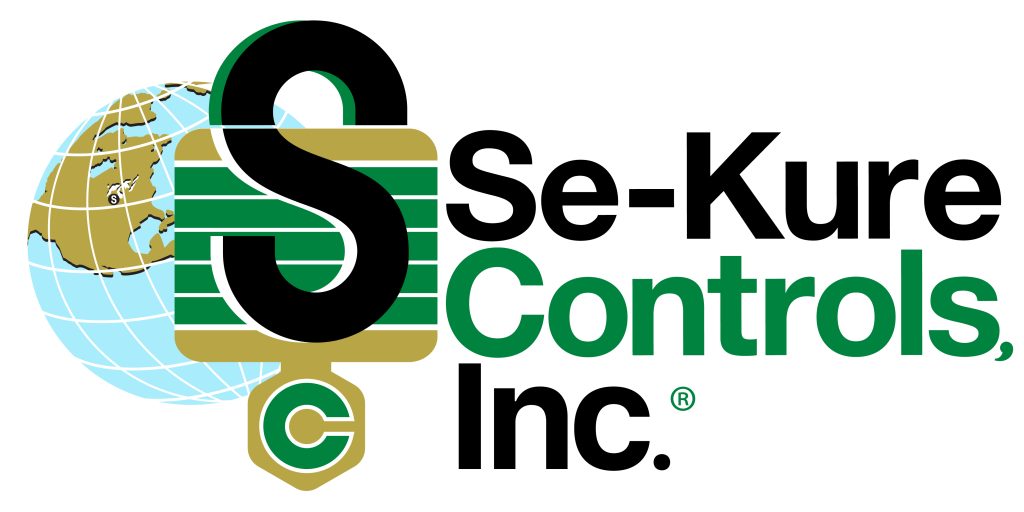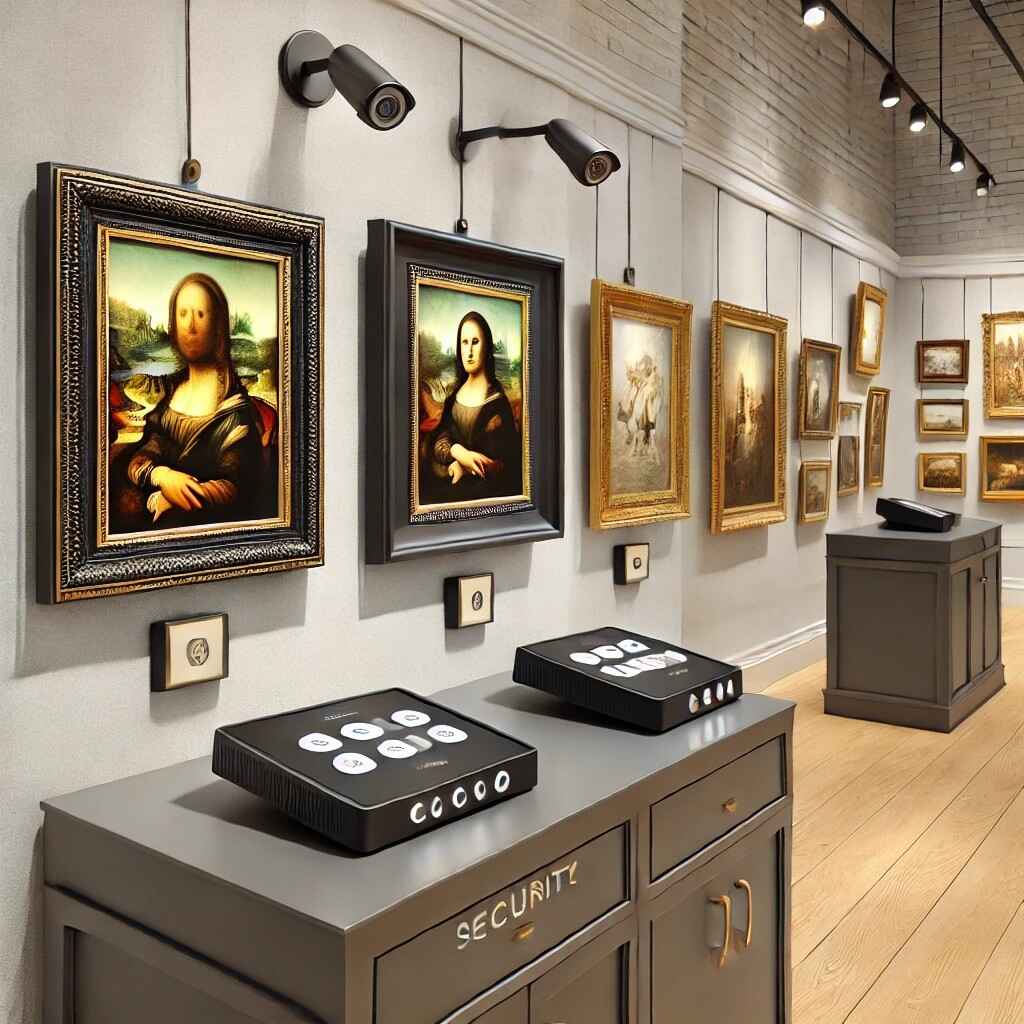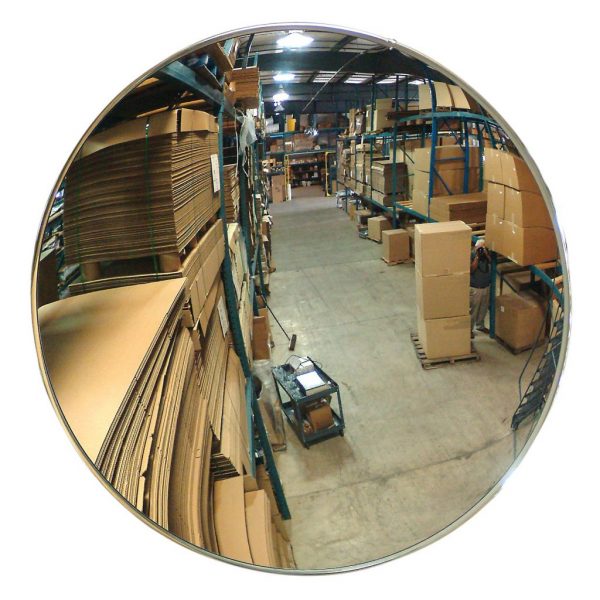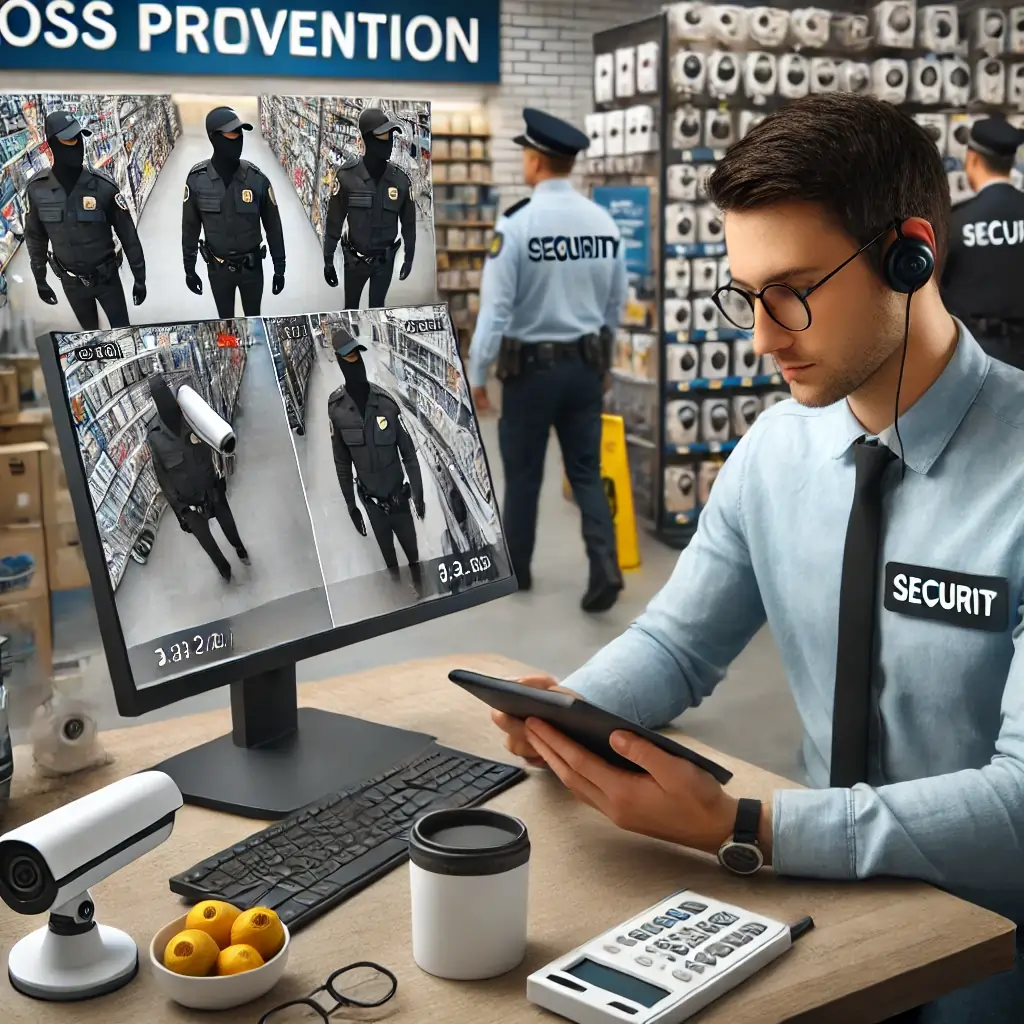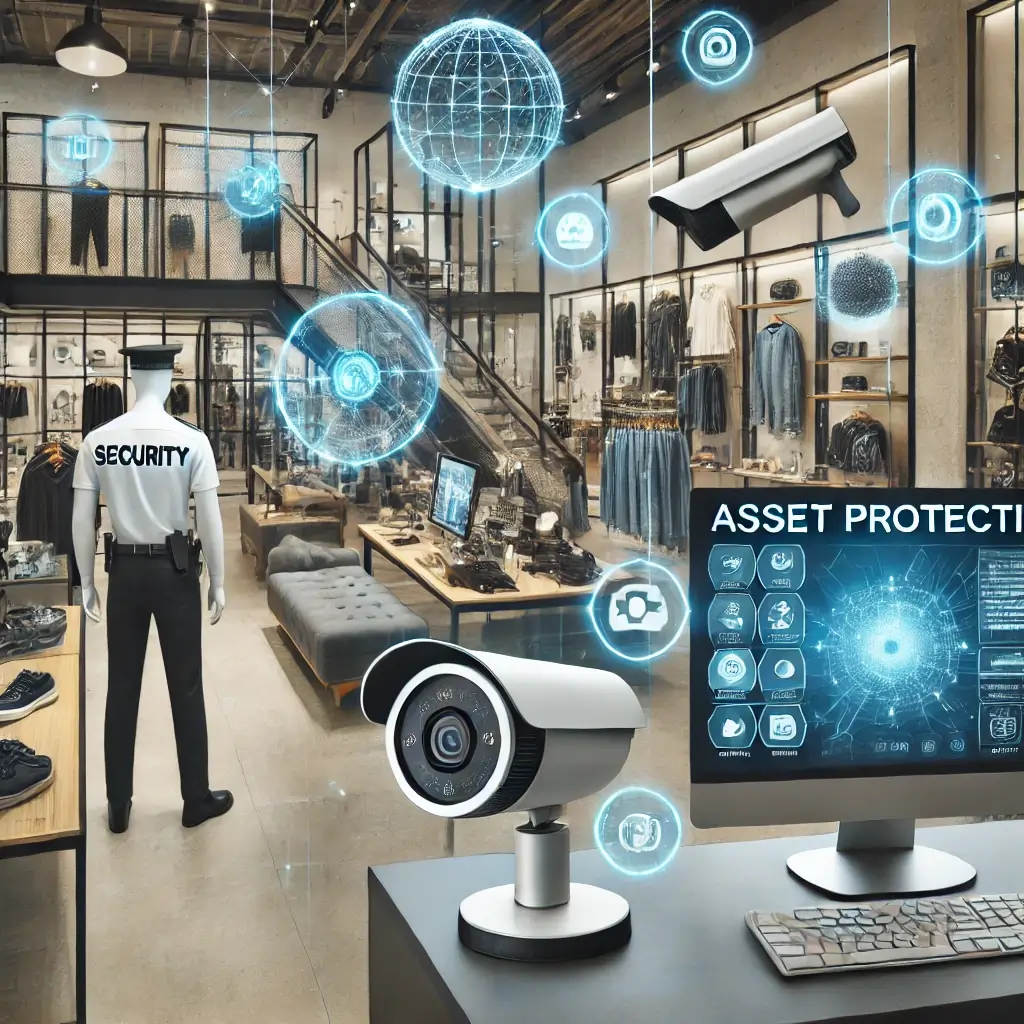Implementing effective theft prevention measures is a proactive approach to safeguarding your business. Here’s how it benefits your operation:
1. Minimize Financial Losses
By investing in advanced theft prevention systems—such as surveillance cameras, electronic article surveillance (EAS) tags, and inventory tracking tools—you reduce opportunities for theft and limit revenue losses. These systems act as both deterrents and detection mechanisms, ensuring that potential offenders think twice before acting.
2. Deter Potential Offenders
The presence of visible security measures, such as strategically placed cameras, RFID gates, and security personnel, sends a clear message that theft will not be tolerated. These deterrents can prevent shoplifting and internal theft before they occur, protecting your inventory and profits.
3. Create a Safe and Secure Environment
A secure store fosters confidence among employees and customers alike. Employees can focus on delivering excellent service without worrying about theft-related disruptions, while customers feel safer shopping in a well-protected environment.
Long-Term Benefits of Retail Theft Prevention
1. Improved Operational Efficiency
With theft under control, businesses can allocate more resources to enhancing customer service, optimizing inventory management, and driving sales.
2. Enhanced Employee Morale
Knowing that the business prioritizes security can boost employee morale, as it demonstrates a commitment to protecting the workforce from potential threats or unfair losses.
3. Stronger Brand Reputation
A business that is known for its robust security measures and commitment to ethical practices fosters trust among customers, employees, and partners, enhancing its reputation in the marketplace.
Proven Retail Theft Prevention Strategies
Retail theft is a significant challenge, but by implementing effective strategies, businesses can reduce their vulnerability and protect valuable assets. Below are proven approaches to mitigate theft risks and maintain a secure environment.
1. Employee Training and Awareness
Your employees are your first line of defense against theft. Proper training equips them with the skills and confidence needed to deter and respond to theft effectively.
• Spotting Suspicious Behavior
Train staff to recognize red flags, such as loitering, large bags or clothing that could conceal items, and individuals avoiding eye contact or frequently visiting high-value areas without making purchases.
Using Theft Prevention Tools
Ensure employees understand how to use theft prevention devices, such as EAS systems or surveillance cameras, and are familiar with store policies regarding theft.
Responding to Incidents
Provide clear protocols for handling suspected theft, including notifying management or security rather than direct confrontation, which can escalate situations.
2. Optimize Store Layout
An efficient and thoughtfully designed store layout is a powerful theft deterrent.
- Open and Organized Aisles
Design aisles to be well-lit, uncluttered, and easy to monitor. Clear sightlines enable staff and security cameras to observe all areas of the store.
- Strategic Product Placement
Place high-value or easily concealable items, such as electronics or jewelry, in secure displays or near checkout counters where staff can keep an eye on them.
Mirrors in Blind Spots
Use convex mirrors to cover areas that are difficult to monitor, such as corners and low-visibility zones, reducing opportunities for concealment.
3. Implement Access Control Measures
Restricting access to certain areas within the store minimizes the risk of internal theft and unauthorized entry.
- Securing Stockrooms and Offices
Use security badges,keycards, or biometric systems to control who can access sensitive areas.
Tracking Employee Access
Monitor access logs to identify unusual activity, such as frequent visits to stockrooms during non-restocking hours.
4. Leverage Surveillance Systems
High-quality surveillance systems are an essential component of any retail theft prevention strategy.
- Real-Time Monitoring
Install CCTV cameras throughout the store, focusing on high-traffic areas, entrances, exits, and high-value merchandise sections.
Deterrence Through Visibility
Place cameras in visible locations to discourage potential thieves while ensuring additional hidden cameras cover blind spots.
Remote Access
Modern surveillance systems often allow remote access, enabling managers to monitor activity even when offsite.
5. Use Advanced Theft Prevention Devices
Technology plays a crucial role in preventing retail theft.
Electronic Article Surveillance (EAS) Tags
Attach EAS tags to merchandise to trigger alarms if items are taken past exit gates without being deactivated at checkout.
Radio Frequency Identification (RFID) Systems
Use RFID tags for real-time inventory tracking and to detect unauthorized item movements.
- Anti-Theft Alarms
Equip high-value items with alarms that activate if tampered with, adding an extra layer of protection.
Why These Strategies Work
Combining employee training, strategic store design, access control, surveillance, and advanced theft prevention devices creates a robust, multilayered defense against theft. These strategies not only reduce the risk of loss but also enhance customer and employee confidence by demonstrating a commitment to safety and security.
Investing in proven retail theft prevention measures is a smart move for businesses looking to safeguard their assets and maintain profitability in a competitive marketplace.
Top Theft Prevention Devices for Retail
1. Electronic Article Surveillance (EAS) Tags
EAS systems consist of security tags attached to merchandise. If a tag passes through the exit without being deactivated, alarms sound, alerting staff to potential theft.
2. RFID Technology
Radio-frequency identification (RFID) tags provide inventory tracking and theft prevention by emitting signals that can be detected at store exits.
3. Anti-Theft Alarms and Gates
Install gates or sensors at entrances and exits to detect stolen goods. These systems often integrate with EAS and RFID technologies for comprehensive protection.
4. Lockable Display Cases
For high-value items like electronics or jewelry, use lockable display cases with restricted access. This deters theft while still allowing customers to view products.
5. Security Mirrors
Simple yet effective, mirrors placed strategically around the store reduce blind spots and make shoplifting more difficult.
6. Product Hooks and Cables
Secure items like electronics, tools, or apparel with lockable hooks, cables, or tethered devices that prevent removal without assistance.
For more information visit – www.se-kure.com




